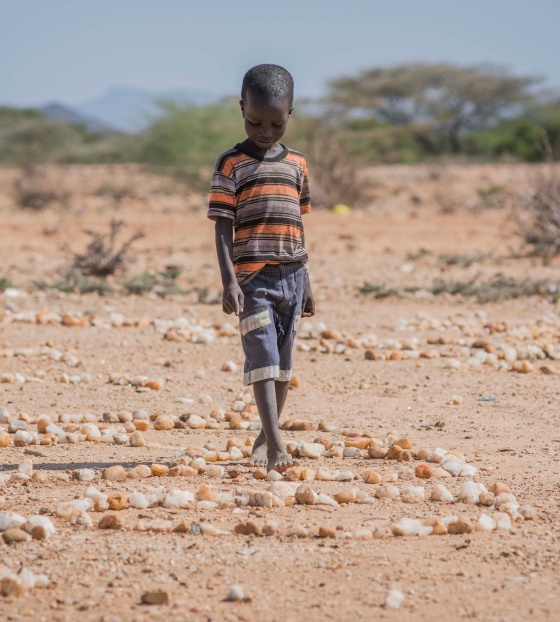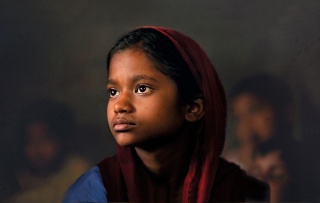

Walking towards hope
Naomi Wanyoike is our East Africa programme partner co-ordinator. Here, she talks about the realities facing children and communities across the region during this devastating hunger crisis.
The situation has worsened in East Africa and it’s caused by a terrible combination of factors. Rising costs are a challenge. Across the world, there is war going on – in Ukraine, for example. Before, you would maybe see rising inflation in a few selected countries, but now it is a global issue. In every country, you can see people saying that everything has become so expensive.
In Kenya, there is also a drought. Since many people rely on farming, this means they cannot produce anything to sustain their own families, or to sell on for income.
For nomadic and pastoral communities, animals are their livelihood – and a lot of animals are dying because of the drought. Communities who would have moved from one place to another in the hope that things will get better have now reached the point where every place they move to is dry. They are no longer able to provide something as basic as food, so they won’t even have one meal to eat in a day.
When children are malnourished, they are more exposed to diseases. If this continues without interventions, we will see more diseases – and children could die.
In some areas with multiple pastoral communities, there is also fighting over commodities such as grass and water. Insecurity is made worse by tribal clashes and fighting. When conflict happens, it is women and children who suffer the most, because they are not in a position to protect themselves.
Across East Africa, in countries where there is ongoing conflict, everything is destroyed. In Ethiopia, people have found their homes and food being burned.
When you become internally displaced, you become even more vulnerable. You do not have your source of income and livelihood anymore. You do not even have your home.
In Kenya, there were elections in August and they often bring chaos and fear. Beyond the political situation, there are food shortages, inflation, and lack of rain.
The intervention of Mary’s Meals is so important.
We’re talking about children's survival. With a daily serving of a nutritious meal, we want them to thrive and to stay in school and get an education – because that is what will give them hope for a better tomorrow.
Please help more children to walk towards hope with Mary's Meals.
